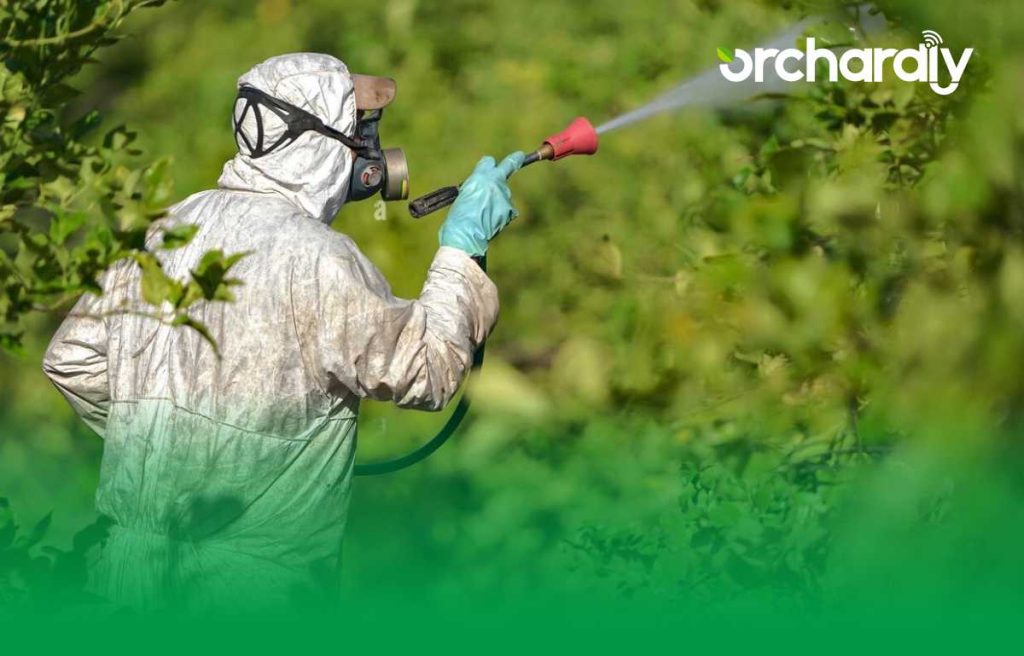The sustainability of agriculture depends on the management of natural resources, including soil, water, and air. Preserving these vital components is essential for the long-term well-being of both
agriculture and the environment. While pesticides can contribute significantly to crop protection,
their use must be approached with caution and wisdom to prevent adverse effects on the
environment and non-target organisms.
The Role of Pesticides in Agriculture
Pesticides play a crucial role in modern agriculture by increasing food and fibre production while
simultaneously contributing to improved human health. They are instrumental in reducing the
prevalence of vector-borne diseases and minimizing crop damage caused by pests. However, the
benefits of pesticides can only be fully realized when they are employed carefully and in
adherence to recommended guidelines.
Environmental Concerns
Despite their advantages, the use of pesticides raises environmental concerns, particularly when
applied improperly. The main issues include soil, water, and air pollution, as well as harm to
non-target organisms such as plants, birds, wildlife, fish, and crops. Several factors contribute to
environmental pollution and non-target damage, including inappropriate application, spray or
vapour drift, spills, backflow, and improper disposal of chemicals or containers.
Understanding Environmental Fate
To comprehend the potential impacts of pesticides on the environment, it’s crucial to understand
their environmental fate—the processes that influence their behaviour outside the intended
application site. Various factors come into play, such as adsorption, transfer, breakdown, and
degradation.
- Adsorption: The adherence of pesticides to soil particles is an essential factor that influences their movement within the environment. Proper soil management practices can mitigate the risk of pesticide movement.
- Transfer: Processes that move pesticides away from their target site, such as volatilization, spray drift, runoff, leaching, absorption, and crop removal, play a significant role in determining environmental impact. Careful application and consideration of weather conditions can help minimize unintended transfers.
- Breakdown and Degradation: Understanding the breakdown and degradation of pesticides is vital in predicting their persistence in the environment. Factors such as temperature, soil type, and microbial activity influence the rate at which pesticides degrade.
Guidelines for Safe Pesticide Use
To protect natural enemies and the environment, adherence to strict guidelines for pesticide use is imperative. Here are some key recommendations:
- Follow Label Instructions: Always read and follow the label instructions provided by the pesticide manufacturer. This ensures that the product is used correctly and minimizes the risk of environmental harm.
- Appropriate Application: Use pesticides only when necessary, and apply them at the recommended rates. Avoid over-application, which can lead to increased environmental contamination.
- Weather Considerations: Be mindful of weather conditions during pesticide application. Wind, rain, or temperature extremes can contribute to spray drift or runoff. Avoid spraying on windy days, and consider alternative methods during adverse weather.
- Proper Storage and Disposal: Store pesticides in secure, well-ventilated areas, and dispose of them according to local regulations. Avoid improper disposal methods, such as pouring pesticides down drains or discarding containers irresponsibly.
- Integrated Pest Management (IPM): Implement an Integrated Pest Management approach that combines biological, cultural, and mechanical control methods with judicious pesticide use. This holistic strategy minimizes reliance on pesticides.
Conclusion
The responsible use of pesticides is integral to preserving the delicate balance of ecosystems and safeguarding natural allies in agriculture. By following guidelines, understanding environmental fate, and adopting sustainable practices, farmers and pesticide users can contribute to a healthier environment while reaping the benefits of effective pest management. Balancing the needs of agriculture with environmental preservation is key to ensuring a sustainable and thriving future for our planet.


